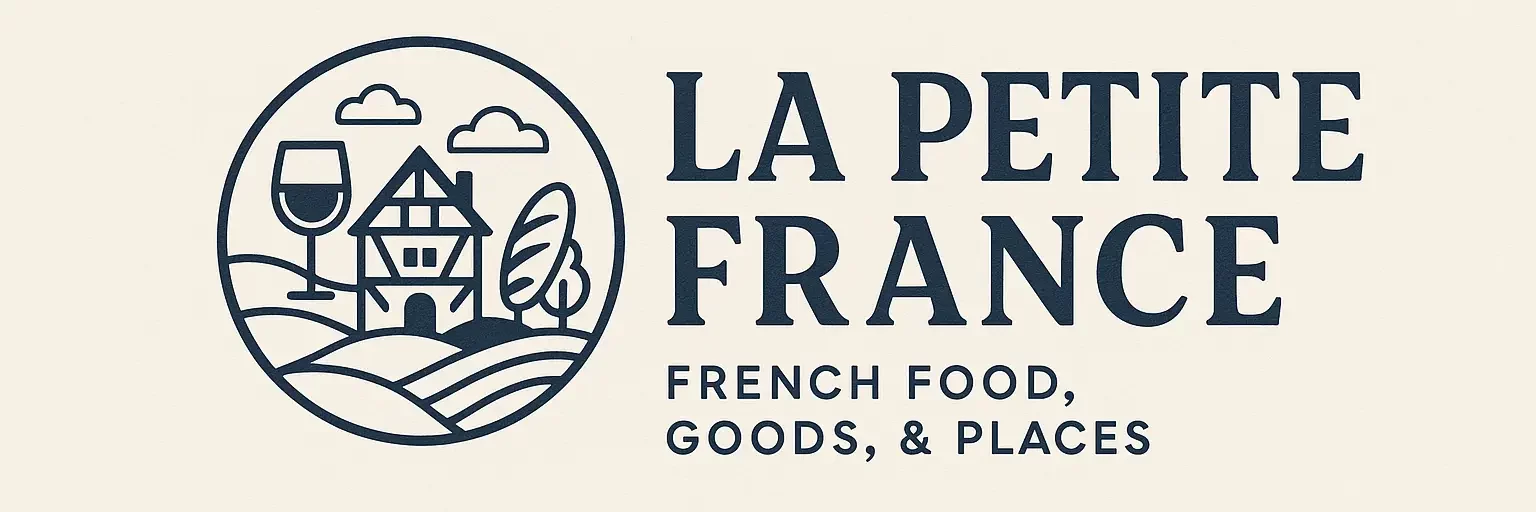Ever bite into a dessert and pause, like, wait… is this a cloud? That was me with French cheesecake (full tasting notes). It’s not your big New York wedge. It’s gentler. Softer. A little tangy. And I’ve had it three ways: homemade, in a jar, and at a small café. Here’s what actually happened.
So, what makes it “French,” anyway?
- It uses fromage blanc or cream cheese mixed with crème fraîche. Think tangy and light, not heavy.
- The crust is often a sablé or speculoos cookie base. Buttery. A little sandy. Very good.
- It’s less sweet than American cheesecake. You taste the dairy more. In a good way.
Curious about the classic hallmarks of a true Gâteau au Fromage Blanc? Peek at this quick explainer on how French cheesecake stays so airy and tangy (cnz.to).
If you’d like to see how French bakeries craft lighter pastries (and maybe snag a slice for yourself), browse the selection at La Petite France for some delicious inspiration.
You know what? It feels like cheesecake that took a nap and woke up calm.
My homemade test: Vermont Creamery fromage blanc + a classic method
Thinking of baking your own? A super approachable, traditional formula—complete with fromage blanc, eggs, sugar, lemon zest, and vanilla—lives right here for easy reference (easy-french-food.com).
I baked one at home with Vermont Creamery Fromage Blanc and a simple recipe from David Lebovitz’s style (fromage blanc, eggs, sugar, lemon zest, and a touch of vanilla). I pressed a crust made from crushed LU Petit Beurre cookies and a bit of butter. No fuss.
How I baked it:
- Low temp. About 300–325°F.
- Water bath (a pan of hot water under the cheesecake). It kept the top smooth.
- I pulled it when the center still had a tiny jiggle.
I let it chill overnight, then spooned warm apricot jam on top. The texture? Plush. Almost mousse-like. Clean lemon note. The crust stayed crisp. My partner said, “It tastes like cheesecake, but not heavy.” Same.
What I loved:
- That tang from the fromage blanc. It feels bright.
- The texture isn’t dense. You get a neat, clean slice.
What bugged me a bit:
- It can crack if you rush it. Let it cool slow.
- It’s more subtle. If you want big, rich sweetness, you might miss it.
Tiny pro tip: Don’t overbake. When it jiggles a little, you’re good.
Store-bought shortcut: Marie Morin cheesecake jars
I grabbed Marie Morin cheesecake cups at Costco (I’ve also seen them at Whole Foods). I tried lemon and raspberry. Each comes in a glass jar with a soft crumble and a fruit layer.
Taste check:
- Lemon: bright and smooth. Tart enough to wake you up.
- Raspberry: sweet jam on top, creamy base under.
They’re cute and handy. The jars are reusable (I use them for spices). They’re also a touch sweeter than the homemade style, and the “crust” is more of a soft crumble than a true crust.
Craving a rundown of other French snacks worth stocking? I did a messy, happy taste test that you can peek at here.
Best for:
- Brunch boards. They look fancy without any work.
- A quick dessert when guests show up and you “forgot” dessert. Happens.
What I didn’t love:
- A bit sweet for me if I’m in a tangy mood.
- The crumble can feel soft, not crisp.
Café slice: airy, simple, and perfect with coffee
I also had a slice at a small French café near me. The chef used crème fraîche with the cheese, and the crust tasted like sablé. They served it plain with a thin line of berry coulis. No heavy topping. No drama.
The mouthfeel was light. Like a set custard crossed with cheesecake. It let the dairy shine. I sipped a cappuccino with it, and, honestly, that was the move. Coffee plus tang equals balance. If you lean toward coffee add-ins, a swirl of French vanilla syrup I reviewed in depth can cozy things up without overpowering the cheesecake.
One funny note: I thought I wanted chocolate sauce. I didn’t. It drowned the delicate flavor. A small spoon of fruit sauce works better.
Flavor notes and little quirks
- Texture: softer than New York, firmer than mousse. Think “cloud with structure.”
- Sweetness: mild. You taste lemon, vanilla, and the cheese.
- Crust: sablé or speculoos adds a buttery snap. If it goes soft, the magic fades a bit.
- Toppings: warm apricot jam wins. Strawberry works. Chocolate felt too loud.
When I’d serve French cheesecake
- Weeknight dessert with tea. It feels light.
- Brunch next to cut fruit and salty things like smoked salmon. Odd? It works.
- Spring and summer with berries. Fall with figs and a drizzle of honey.
Planning a laid-back date night in Northern Virginia? Once dessert is sorted, you might be hunting for easy, low-stress ways to keep the evening rolling—check the local rundown at Skip the Games Fairfax for quick ideas on meet-up spots, safety tips, and fun suggestions so you can focus on good company instead of logistics.
Quick yes/no for different people
- Love big, rich slices? Maybe not your first pick.
- Like tangy yogurt and lemon bars? You’ll smile.
- Sensitive to heavy cream? This sits kinder.
My verdict
French cheesecake is calm joy. It’s not a show-off. It’s a soft, balanced bite that lets you taste dairy, citrus, and a buttery base. My homemade version with fromage blanc was my favorite—clean flavor, smooth cut, and a crisp crust. The Marie Morin jars are handy and pretty, just sweeter and softer. The café slice proved one thing: keep it simple, pair with coffee, and let the tang sing.
Would I make it again? Yes. I’ll keep the apricot jam, maybe add lemon zest to the crust, and serve small slices. Because sometimes the best dessert doesn’t shout. It hums.
